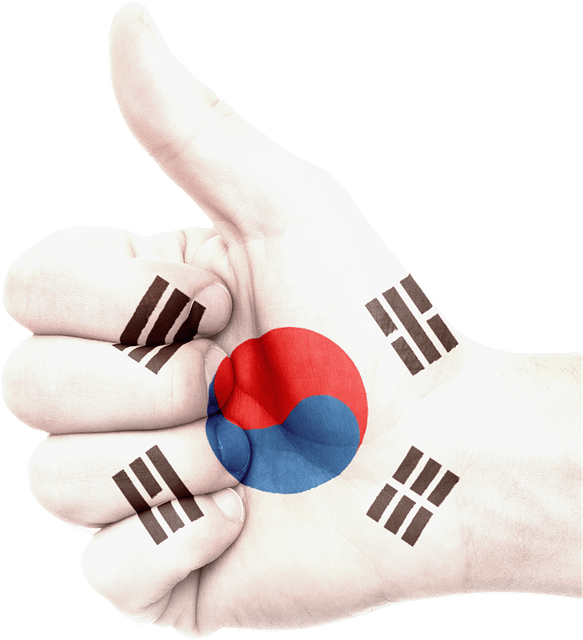Korea is the most fashinable country in the world. Companies are the first to study Koreans' reactions when a new product is released. Interest in Korea is increasing as K-POP enjoys worldwide popularity, led by BTS.
This time, I would like to explain the luxury market in Korea. I hope you come to Korea and try luxury shopping with K-beauty.

Luxury brands flocking to Korea
● "K-market, which user 21 trillion won a year, is amaging."
● Tom Browm and other Korean subsidiaries are on the rise
● "The most likely country to grow"
● Korea's Heads Increase in Asia-Pacific
● The promotional effect of Hallyu stars is great.
● 18 Companies Choose Koreans as Ambassador
● China's Market Reversal Growth Reversal Benefit

Korea's Changed Status
According to Euromonitor, a global research company, Korea's luxury goods market amounted to 14.165 billion dollars last year, up 4.4% from the previous year. It is the seventh largeast in the world. Per capita consumption is the largest in the world. According to Morgan Stanley, Korea spent $325 (about 404,000 won) on luxury goods per person last year, beating the U.S. (280 dollars) and China (55 dollars).
As a result, major foreign brands classified as luxury goods are flocking to Korea regardledd of class. A total of nine luxury brands have declared direct sales to Korea since 2021. OTB Group, which owns Maison Margiela and Jilsander, is hiring employees to establish a Korean corporation. Tom Brown will also end his 10-year contract with Samsung C&T and set up Tom Brown Korea.
Luxury brands that have already entered the Korean market are also targeting the Korean market. Tiffany opened a pop-up store in The Hyundai Seoul in Yeouido, Seoul, with a cost of 5 billion won in 2021, and reportedly made 25 billion won in profits for a month.
The "Gucci House, "Which Gucci introduced in Hannam-dong, Seoul in May 2021, has long been a "hot place" for the MZ generation. Earlier in April, Dior opened a flagship store in Seongsu-dong, Seoul. It can be seen that the importance of the Korean market has also grown in the personnel policies of luxury companies. In the past, the head of the headquarters in charge of the Asia-Pacific region usually came from Hong Kong or Japanese corporations. These days, however, there are many brands whose Korean branch is in charge of the Asia-Pacific region. Burberry and Bottega Veneta are in charge of the entire business in Japan and Asia by the head of the Korean branch.

How is it growing?
There ard three main reasons why luxury companies are strengthening their targeting of Korea. The first is attractive market growth. According to Morgan Stanley, Koreans spent a total of $16.8 billion last year, up 24% from 2021. An official from the luxury goods industry explained, "Korea is considered to be the most likely country to grow in the global luxury goods industry, "
Marketing effects using Hallyu stars cannot be ignored. K-pop stars are recognized as having more popularity than Hollywood stars in the U.S. in Asia and South America, including China. In 2021, a 1.77 million won knitwear released by Kai, a member of the group EXO, with Gucci ran out at the same time as sales began in China.
In line with this trend, more and more luxury companies are holding global fashion show in Korea. Dior held it at Ewha Womans University campus in Seoul in May last year. Gucci will also hold a cruise fashion show in Korea in May.

Influence of "De-China" Flow Chart
Some analysts say that luxury companies' moves to lower their dependence on China after the COVID-19 incident have brought reflective profits to Korea. According to the Bain & Company Luxury Report, China's luxury market turned to a decline for the first time in five years last year and grew back 10%.
Luxury brand have made up for the damage they suffered in China in Korea and other countries. In the case of Burberry, sales in China fell 23% last year from the previous year, and the impact was small as it increased in Korea(10%) and Japan(28%), which was small.